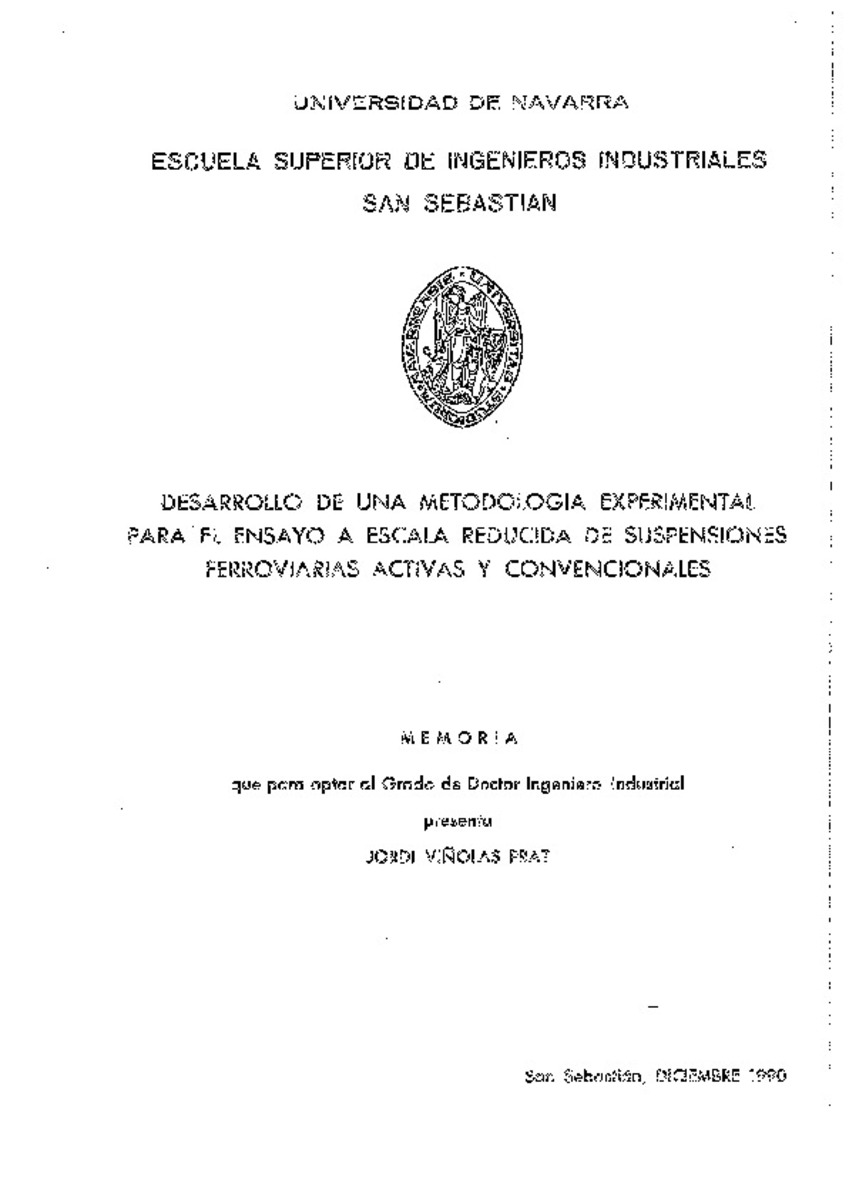Desarrollo de una metodología experimental para el ensayo a escala reducida de suspensiones ferroviarias activas y convencionales
Palabras clave :
Test bench
Railway vehicles
Active suspensions
Fecha de publicación :
2011
Fecha de la defensa:
25-feb-1991
Editorial :
Servicio de Publicaciones. Universidad de Navarra.
Cita:
VIÑOLAS PRAT, Jordi ""Desarrollo de una metodología experimental para el ensayo a escala reducida de suspensiones ferroviarias activas y convencionales"" Gimenez Ortiz, German. Tesis doctoral. Universidad de Navarra, 2011
Aparece en las colecciones:
Estadísticas e impacto
0 citas en

0 citas en

Los ítems de Dadun están protegidos por copyright, con todos los derechos reservados, a menos que se indique lo contrario.







